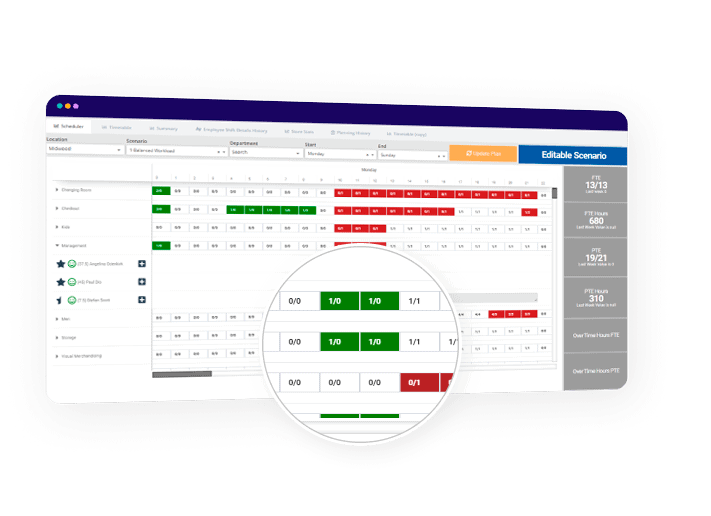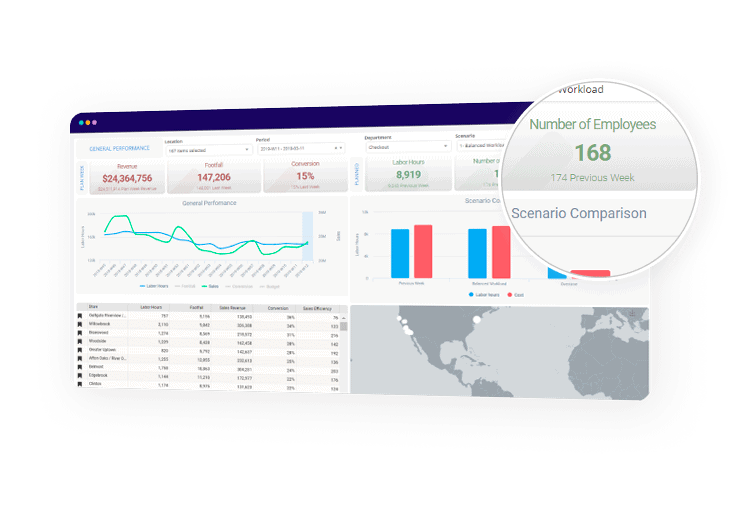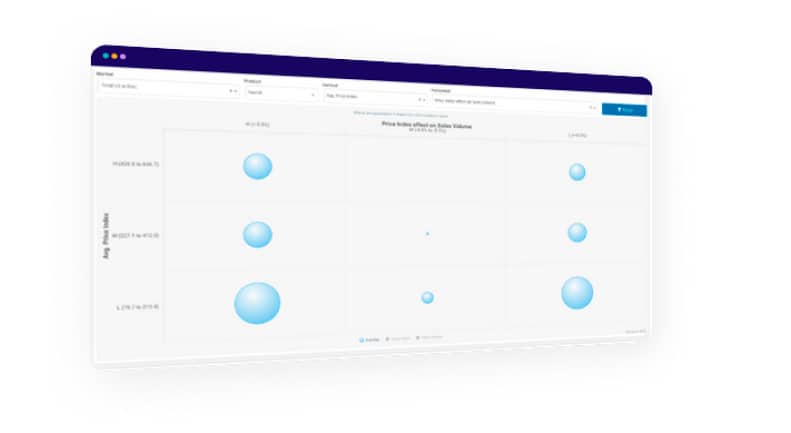
Effective Omnichannel Planning: 5 Success Factors
Omnichannel planning has become a central part of retail supply chain planning, with online shopping steadily rising since 2010. With the global pandemic, it became a necessity. Consumers who realized the ease of use of online shopping – choosing items from the warmth of their seat and having them delivered in a couple of days – gained a new habit. This new habit was reflected in the numbers. In the US, the share of e-commerce sales has risen from 4.2% to 11.8% between 2010 and 2020. That share reached a whopping 16.1%, in Q2 of 2020.
















